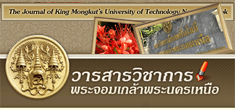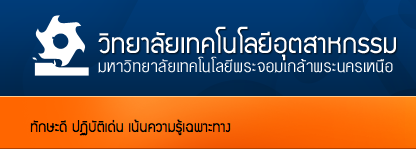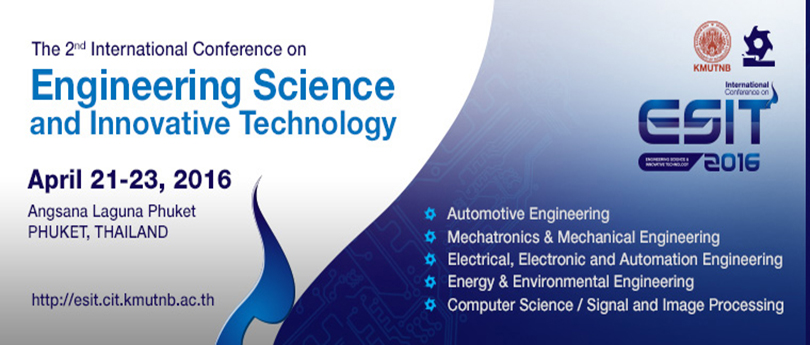Abstract
Phuket has a population of more than 400,000 people, but more than 13 million tourists visit the island per year and this number increases continuously. Currently, 60% of people choose to travel by private car while public transport is used by just 6.6%. Therefore, the government is promoting the concept of public transport usage for sustainable urban development. The purpose of this study is to apply a traffic model to study the impact of changes in bus service operation in Phuket city via microscopic traffic simulation, VISSIM. A case study is bus service route 2, operated by Phuket Provincial Administrative Organization (PPAO), from Si Mum Mueang Market to the Super Cheap Store. The changes considered for its future operation under the current infrastructure include: increase in traffic volumes; adjustment of bus service operation using exclusive bus lanes; and a short route. The model performance is to be evaluated based on the following: travel time from an originating station to a destination station; average speed in the network; and bus arrival time at a destination station. Findings reveal that increasing traffic volumes leads to approximately an 8.6% decrease in the average speed in the network. The scenario of bus service operation using the exclusive lane and short route shows approximately 5 minutes 49 seconds decrease in the travel time of bus service per vehicle (decreased by 5.6%). Arrival time at a destination station is deviated by not more than 1 minute.
Keywords : Traffic simulation, Microscopic traffic simulation, Public transport, Bus service




